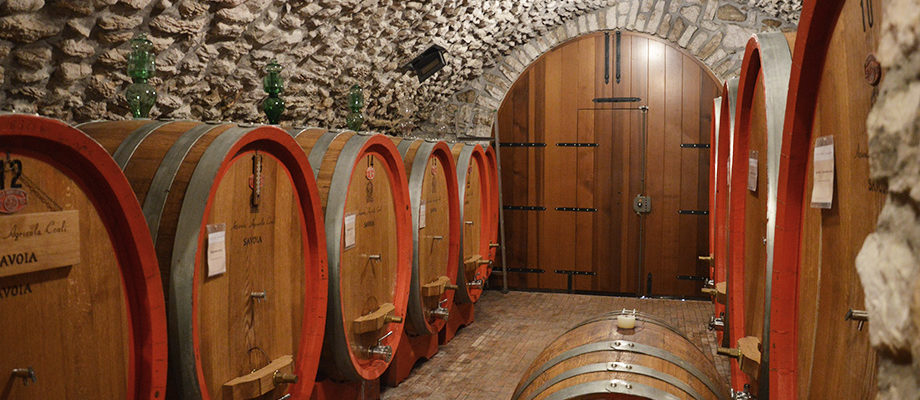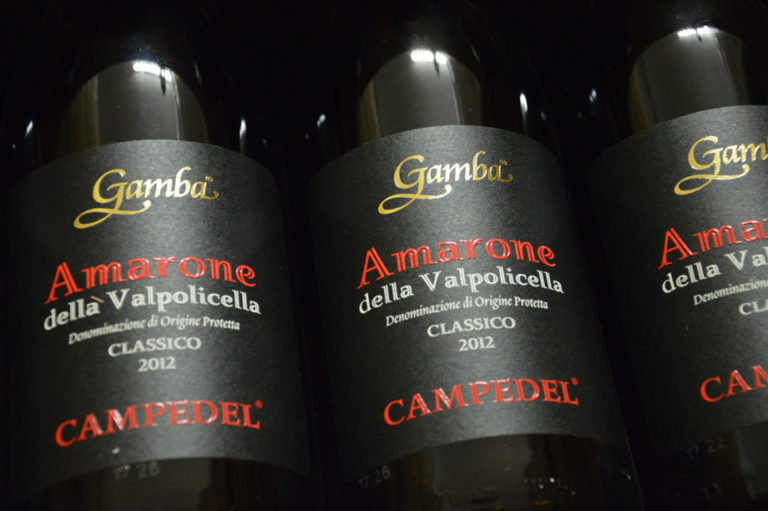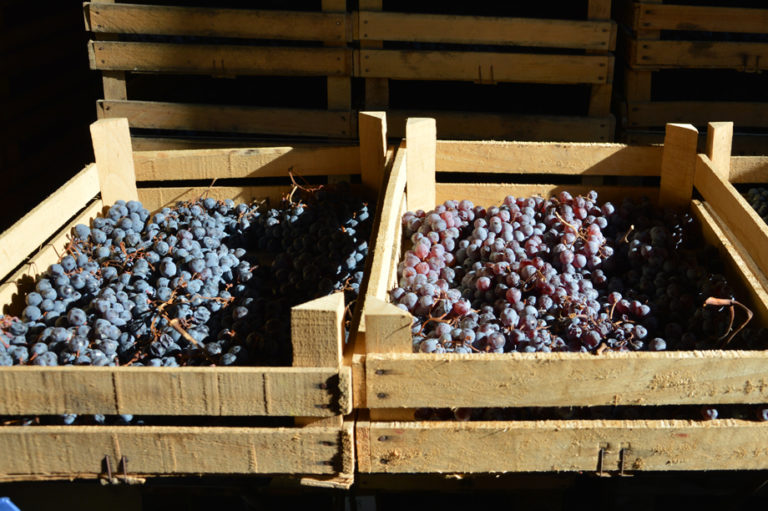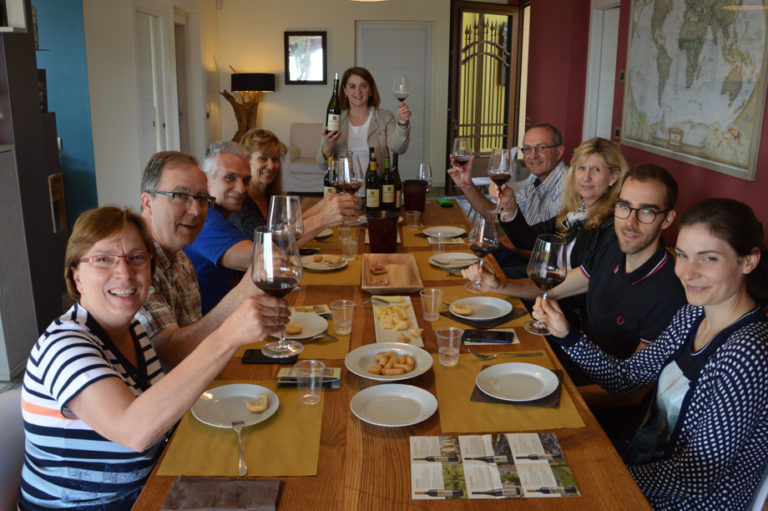
Welcome to court, meet our king
Amarone is probably the best known wine of Valpolicella: unique and inimitable, its name is a synonym for distinction and its exclusivity recalls the hard work necessary to create this complex wine. Did you know that it was created almost by mistake? And what are “arelle”? Take a walk with us and find out more…
1) History and modernity
Amarone was born from an evolution of Recioto, one of the most ancient wines of our land: in Roman times, it was called “Acinatico”, and we have proofs of its existence since the fourth century from a letter written by Cassiodorus (a Roman scholar, then a Praetorian Prefect for Theoderic, king of Visigoths). In this text, Cassiodorus writes about a particular wine from Valpolicella, obtained through a peculiar grape drying process. This ancient Acinatico was the ancestor of Recioto, a velvety and sweet wine that gets its name from the dialect “recia” (“ear”), indicating the higher and better exposed grapes which were once exclusively used.

Irresistible: Amarone della Valpolicella
2) Add a touch of chance
In Recioto, the transformation of sugars into alcohol is stopped, allowing it to achieve its typical sweet taste. However, together with the usual one, another kind of dry “bitter” Recioto started to appear among families and friends of winemakers: as it was difficult to stop the fermentation at the right time, sometimes batches of wine would continue to ferment, giving life to a wine with a rather bitter in lieu of sweet taste: in this case, it was called “Recioto scapà” (a Recioto that “got away”). Some say chance had a part in this story: legend has it that, in 1936, Adelino Lucchese — at the time the head winer of Cantina Sociale Valpolicella, then in Villa Mosconi, in Novare — tasted the wine from a forgotten barrel and sentenced that it was a superior wine, “non amaro, ma amarone!” (“not bitter, but a great bitter!”), de facto renaming “Recioto scapà” as “Amarone”.

Grapes during the drying process
3) A limited-edition wine
Amarone is made out of a blend of various local grapes: Corvina (from 45 to 95%), Corvinone (maximum 50%, replacing an equal percentage of Corvina), Rondinella (from 5 to 30%); the DOC guidelines allow also a 15% maximum of “non aromatical red grapes, authorized and suggested for the province of Verona”. The grapes are manually selected and left to dry up until at least next January in wooden crates or on the traditional “arelle”, cane mats, where the lucky bunches are spread out without overlapping one another, allowing an optimal air passage. The grapes, during this period of time, will lose approximately 30-40% of their weight, resulting in a very high sugar content and thus in an intense concentration — you can fairly say that a bottle of Amarone uses almost the double quantity of grapes than any other bottle of local wine! But the final result is worth the hard work and the wait: a structured, complex and elegant red wine, full-bodied, with a strong personality.

Sunday around Valpolicella lunch – Pagus Wine Tours
4) …want to know more?
The best way to fall in love with Amarone is to taste it and see where it was born: book your place and join our sommelier guides for a Sunday around Valpolicella, and directly get to know from them everything about our wine star — a wine and food tour that will truly be an experience to remember!

